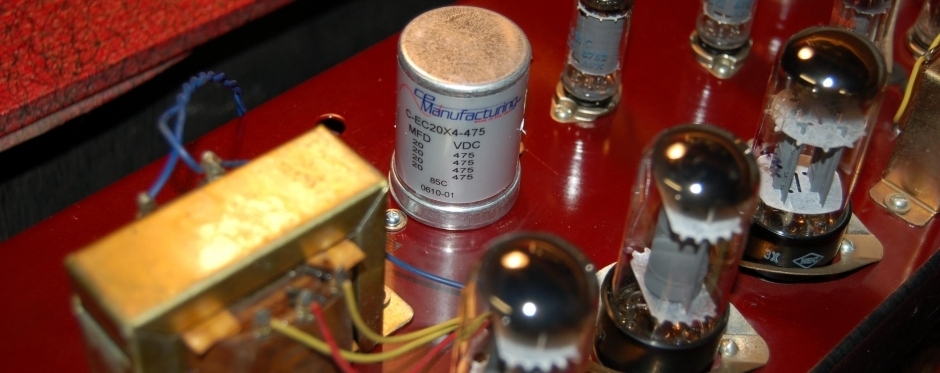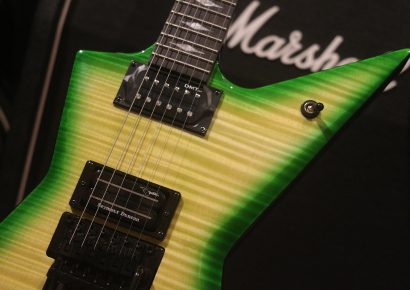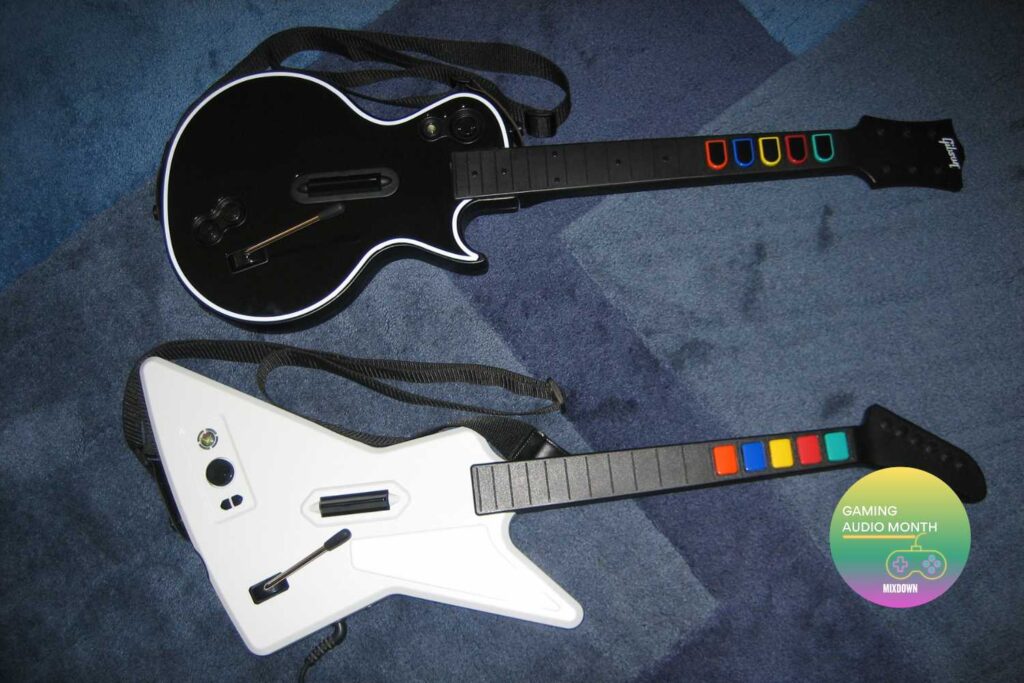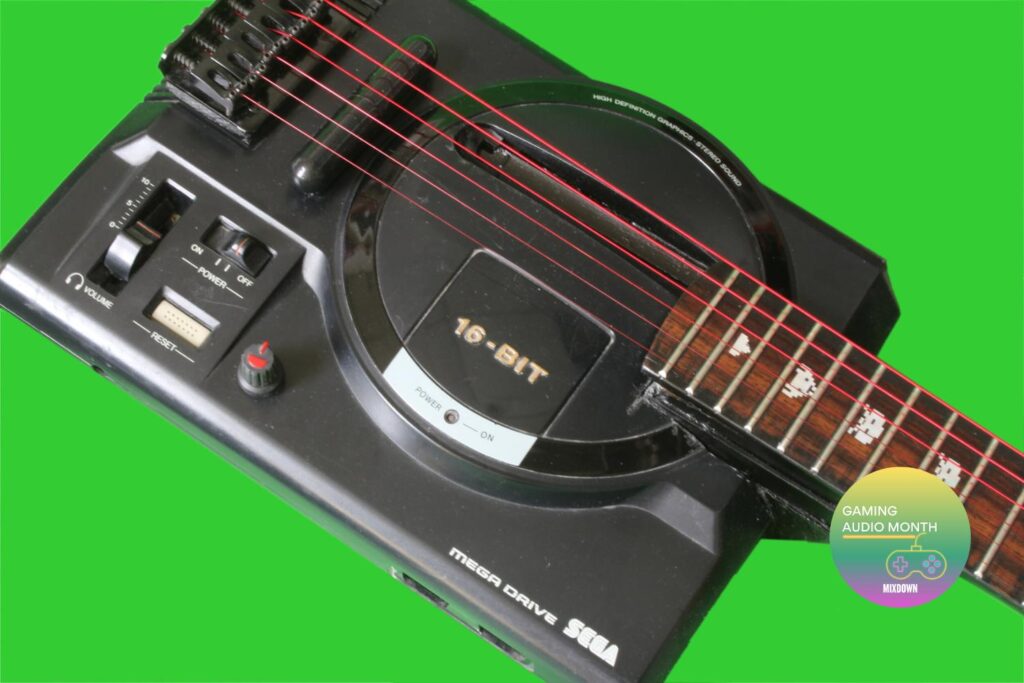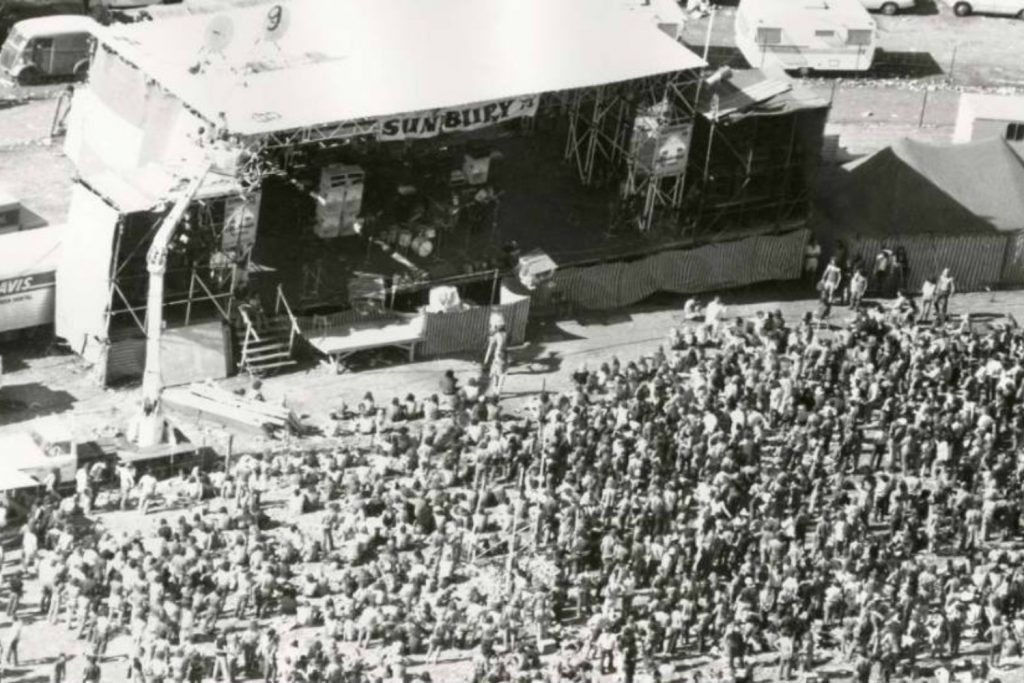After finishing school he took an apprenticeship at NIC Instrument Company, which later became Ansett Technologies, where he began learning his electronics trade and through a friend discovered tube technologies. While working at Ansett, he started to build amps in his spare time, designing and building valve and solid state models. It was at Ansett where his philosophy of quality, rugged construction and reliability was born. After 12 years working in Avionics, Dale decided to work full-time on his passion, working for the next couple of decades on guitars and guitar amplifiers. His commitment to his craft has lead to him becoming revered in the music community.
Musicians come to him to unlock the sounds that they can only dream of, and his ability to custom design, modify and service equipment to the customer’s request allows him to do so. This skill has lead to him working with industry heavyweights including Silverchair, Ross Hannaford, John Butler and Shane Omara, etc.
The Sherlock Amps story is a long one, beginning back in the ‘90s in a house in Melbourne’s Dandenong ranges, with the very first ‘Signal Station’ preamp. The unit sold quickly and was very popular, due to the lack of good sounding, rack mount, all tube guitar preamps around at the time. This was followed by a string of product releases, including the ‘5050’ rack mount stereo power amp, the ‘2100’ all tube rack mount and the ‘Midi Mod’, which brought Sherlock right into the modern guitar gear scene. After moving to Hawthorn and setting up an amp repair shop in
a guitar repair business, Dale had to put his amp building work on the backburners for a while, especially when rack mounted setups became less favourable.
However, the urge to build was too strong, and he built some custom tube heads for various players, using the knowledge gained servicing and repairing just about every kind of tube amp out there to his advantage. He continued to build while working in his amp repair business, and by the time he left to focus on manufacturing his own products, he had developed the first version of the Fat Head amp, the Tremit tremolo pedal, a 9v power supply and many other pieces of equipment. Dale moved into a large space in Collingwood, but within a year the GFC hit and Dale moved operations to his home in Templestowe, where he had a lot of time to focus on his own brand of amps.
The stint in Templestowe lasted for about nine years, as the Sherlock name was restored, with customers made in the Hawthorn/Collingwood era coming back to Dale’s services. It was in this time that the Fat Head amp was finalised, a foot controller for it built, the Vintage Reverb 30, the Buff Tone, the Bone Head and the Buddy amp were designed and 2 x 12 and 4 x 12 cabs were designed and built.
When he’s not designing amps or running his business, Dale puts his expertise towards writing the Amp Doctor column for Mixdown, with topics in previous editions including tube types and their use, the merit of point to points vs printed circuit boards and the cause of buzzing in amps.
If you have any questions for the Amp Doctor, send them to [email protected]
